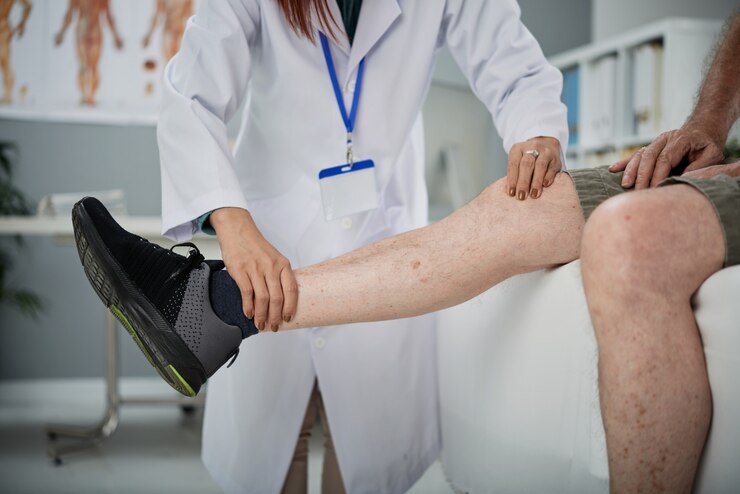This blog compares two popular treatments for varicose veins: sclerotherapy and laser vein removal. It provides insights into their procedures, effectiveness, and post-treatment outcomes, empowering readers to make informed decisions about their vein treatment options. By evaluating the pros and cons of each approach, individuals can confidently choose the most suitable treatment for their needs.

Introduction
Varicose veins, a common venous condition characterized by enlarged and twisted veins, often prompt individuals to seek treatment for aesthetic and symptomatic relief. In this article, we delve into two prominent treatment options: sclerotherapy and laser vein removal. These treatments offer effective solutions for addressing varicose veins, but selecting the most suitable option can be challenging. We aim to provide clarity by outlining the key differences between sclerotherapy and laser vein removal, helping individuals navigate this decision-making process with confidence.
– About Varicose Veins
Varicose veins, a prevalent vascular condition, occur when the one-way valves in veins become damaged or weakened, causing blood to pool and veins to swell. This results in the characteristic twisted and bulging appearance often seen in the legs. Understanding the causes and characteristics of varicose veins is essential for effective treatment. Additionally, it’s important to differentiate varicose veins from spider veins, which are smaller and closer to the skin’s surface. While both conditions involve vein abnormalities, varicose veins tend to be larger and may cause more discomfort compared to spider veins. Clarifying these distinctions helps individuals identify and address their specific vein concerns appropriately.
– Sclerotherapy The Gold Standard Treatment
Sclerotherapy stands out as the gold standard treatment for varicose and spider veins, offering a minimally invasive approach to vein removal. The procedure involves injecting a sclerosing agent directly into the affected vein, causing irritation and closure of the vessel. This effectively redirects blood flow to healthier veins, gradually fading the treated vein from view. Understanding the step-by-step process of sclerotherapy, from the injection of the sclerosing agent to the eventual reabsorption of the vein by the body, is crucial for individuals considering this treatment option. Post-treatment, patients can expect mild discomfort, which typically resolves within a few days. Additionally, wearing compression garments for a prescribed period aids in healing and supports optimal outcomes. By familiarizing themselves with the procedure and post-treatment expectations, individuals can approach sclerotherapy with confidence and realistic expectations.
– Laser Vein Removal: An Alternative Approach
Laser vein removal offers an alternative approach to treating varicose and spider veins, utilizing advanced technology to target and eliminate unwanted veins. This method involves directing concentrated light energy onto the affected vein, which is absorbed by the hemoglobin in the blood vessel. This absorption generates heat, causing the blood to clot and the vein to shrink and eventually disappear over time. Understanding the procedure details, including the use of light energy to induce vein closure, provides insight into the effectiveness and safety of laser vein removal. When comparing laser vein removal to sclerotherapy, individuals should consider factors such as treatment duration and post-treatment effects. While both methods offer favorable outcomes, laser vein removal may require multiple sessions for optimal results. By weighing these considerations, individuals can make informed decisions regarding their preferred treatment approach for vein removal.
– Choosing Between Sclerotherapy and Laser Vein Removal
When deciding between sclerotherapy and laser vein removal, several factors influence treatment choice, including vein size and patient preferences. Sclerotherapy is typically preferred for larger varicose veins, particularly those on the legs, while laser therapy may be recommended for thinner veins on other parts of the body. However, in some cases, a combination approach may be necessary to achieve optimal results, maximizing the effectiveness of both treatments. Personalized decision-making is essential, and consulting with specialists such as dermatologists or vascular specialists with expertise in vein treatments can provide valuable guidance. Through thorough examination and consideration of individual needs and circumstances, patients can make informed choices to select the most suitable treatment option for their varicose veins.
– Conclusion
Navigating varicose vein treatment requires understanding key takeaways to make informed decisions. Emphasizing the importance of professional guidance, tailored treatment plans can be developed to address individual needs effectively. Encouragement is provided to seek expert advice from dermatologists or vascular specialists for personalized care and successful management of varicose veins. With the support of knowledgeable professionals, individuals can embark on a journey towards improved vein health and enhanced quality of life.






